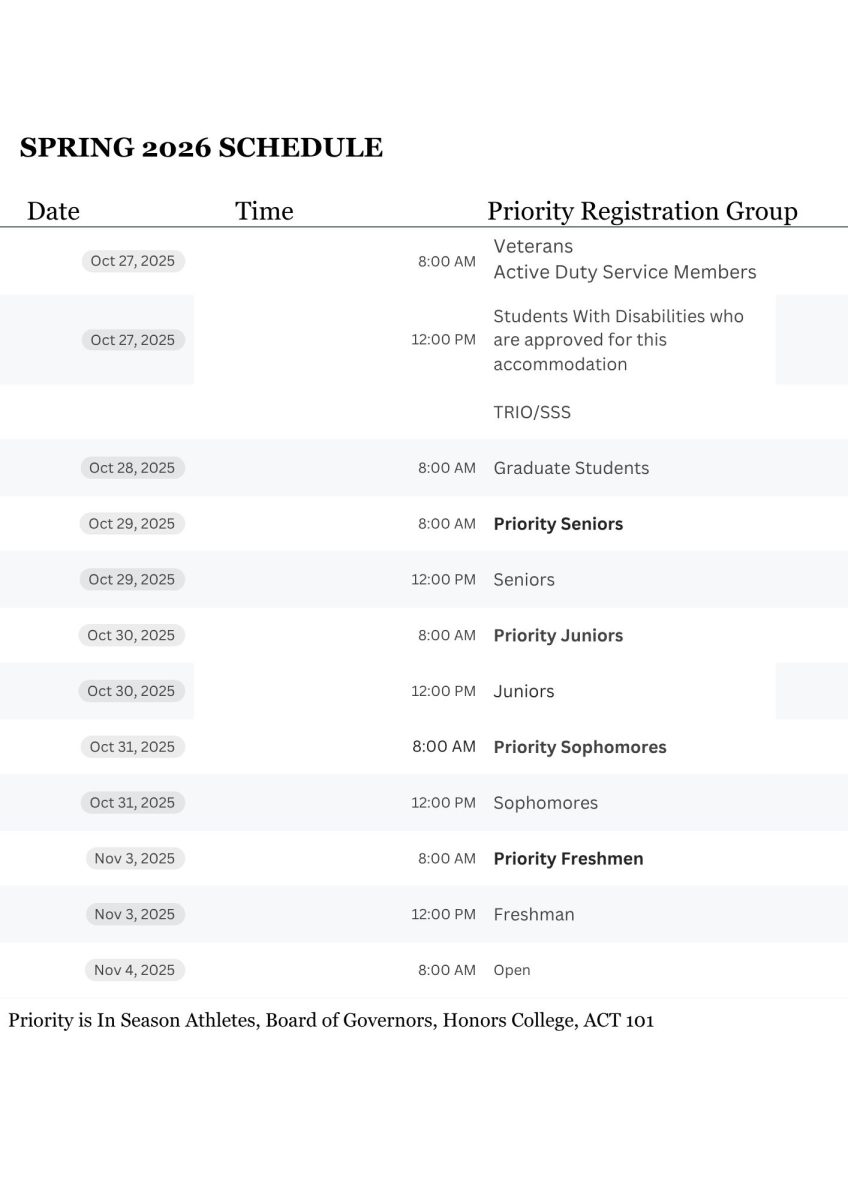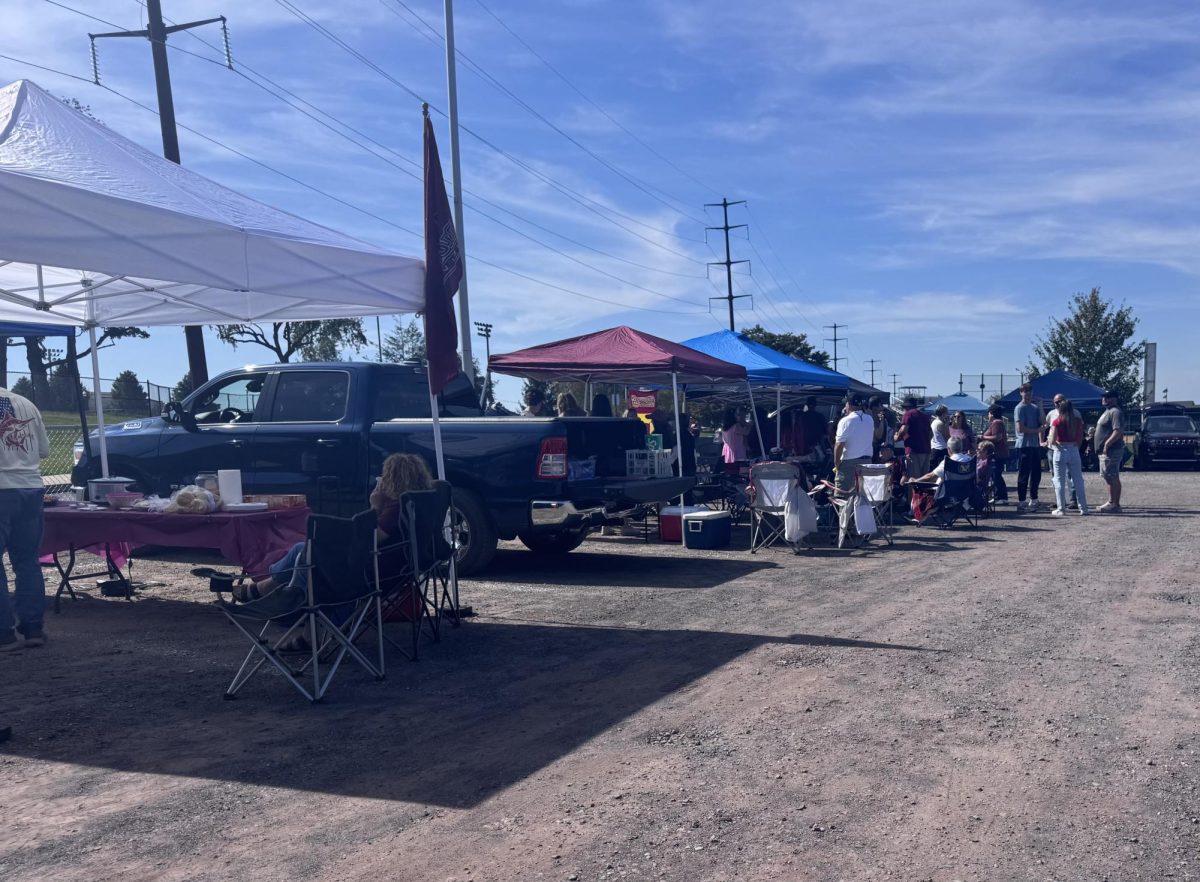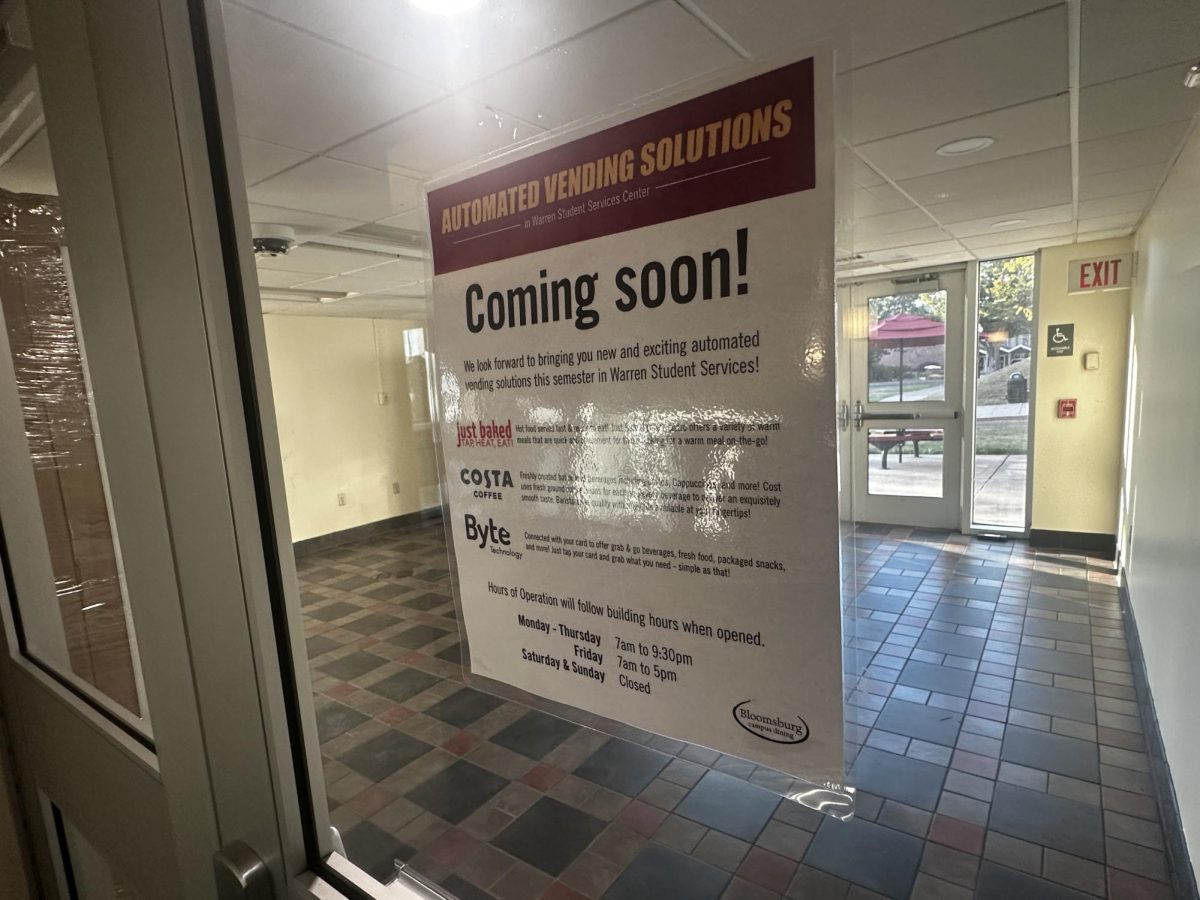Last Thursday the U.S forces in Afghanistan sent a message to IS (The Islamic State) in the form of the largest non-nuclear bomb ever used in combat. This weapon, called the MOAB (Massive Ordinance Air Blast bomb) or the “mother of all bombs,” was dropped onto an IS base within the Afghanistan province of Nangarhar. The target of the bomb was an IS stronghold where a reported 800 IS fighters are stationed within a series of heavily defended bunkers and tunnels. The justification for the use of this massive weapon, which has a blast radius of up to one mile, was to assist attempts by Afghan troops to penetrate the underground IS base.
However, with this bombing coming two weeks after the most recent gas attack on civilians within Syria, was IS really the intended target of this attack? The MOAB was originally designed for use in 2003 during the Iraqi War. In the initial review of the MOAB, Pentagon officials concluded that it was legally acceptable for use in combat, but the Pentagon also noted that, “It is expected that weapon will have a large psychological impact on those who witness it.”
President Trump has had no qualms discussing his condescending view of the use of gas attacks by Assad loyalists. In a press conference after the gas attack on April 4 he stated, “These heinous actions by the Assad regime cannot be tolerated… it crossed a lot of lines for me… My attitude toward Syria and Assad have changed very, very much.” The mention of a change of attitude by President Trump is a reference to his opposition of former President Obama’s intentions to intercede in the Syrian civil war. It must then be questioned, is the use of the MOAB a threat from President Trump to Syrian Dictator Bashar al-Assad?
Prior to the use of the MOAB, President Trump had approved the bombing of Syrian airfields from which the gas attack was launched on April 6, the first direct action by U.S. forces against the Assad regime. This aggressive stance, coupled with the recent use of the MOAB on the IS forces can be viewed as a psychological war targeting the Assad regime.
The use of the MOAB is questionable for it is designed for use against “soft targets” such as surface structures and formations of ground troops and with the existence of a larger bomb termed the MOP (Massive Ordinance Penetrator) that is designed for combat against underground structures, such as the bunkers that compose the IS stronghold within Nangarhar, the psychological effect of the MOAB must be taken into consideration.
In response to accusations of the MOAB being used as an intimidation method to “troublesome nations” like Syria and North Korea, President Trump has said, “It doesn’t make any difference if it does or not.” President Trump continued to dodge these allegations by stating that, “What I do is authorize my military… We have given them total authorization and that’s what they’re doing, and frankly that’s why they’ve been so successful lately.” White House officials attempted to further defuse the situation by stating that, “The U.S. Military had been given authority by President Trump to combat IS forces and he was aware the weapon was an option.” In short, even if President Trump did not order the use of the MOAB and this was not an attempt by him to intimidate Syria, then the U.S. forces had just used a $16 million-dollar bomb, which damaged barely a tenth of the IS fighting force in Nangarhar, without the authorization of the commander-in-chief of the U.S. armed forces, President Trump.
Whether or not the use of the “mother of all bombs” within Nangarhar was an intentional act of intimidation by President Trump, the continued use of such large-scale bombs is a frightening thought. The U.S. forces combating IS with its current autonomy can use whatever measures it deems necessary without approval from President Trump. There is a point where large scale bombings become a hazard to civilians that can last generations, even if civilians are evacuated at the time of the bombing as was the case in Nangarhar. Unexploded ordinances, which includes bullets, land mines and bombs, are still wreaking havoc in modern day Laos and stands as a lasting reminder of Vietnam-era bombings.
With Afghan and U.S. forces finding it difficult to combat IS forces entrenched in underground and mountainside bases it can be speculated that an increase in the use of large-scale bombings will become the favored form of combat. I, being a civilian with limited knowledge of military affairs, can only hope that moderation is taken with these operations or that President Trump asserts his control and reigns in the U.S. Forces in the Middle East to prevent lasting harm to an innocent civilian population.
Brett is a Contributing Writer for The Voice.






















